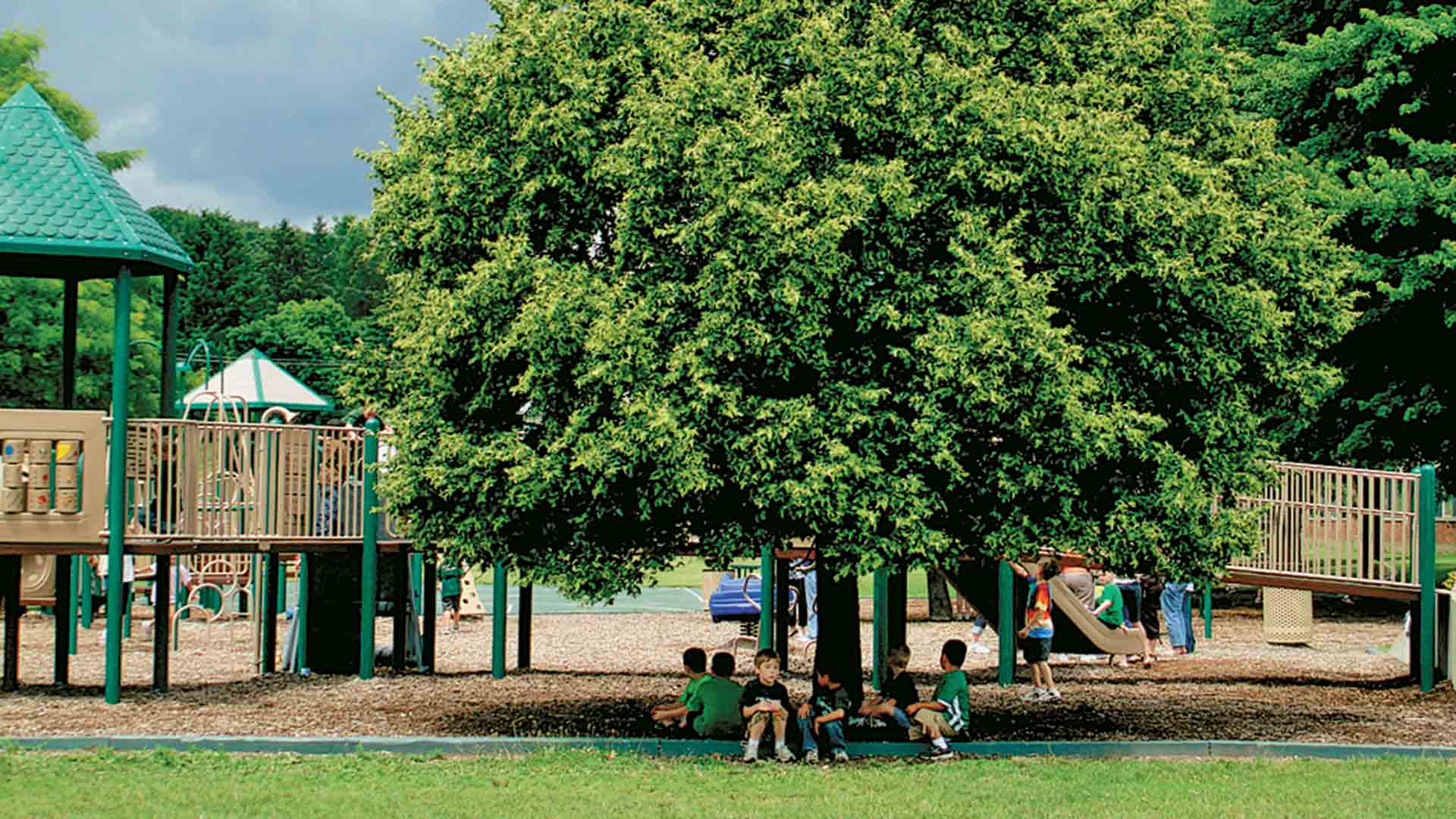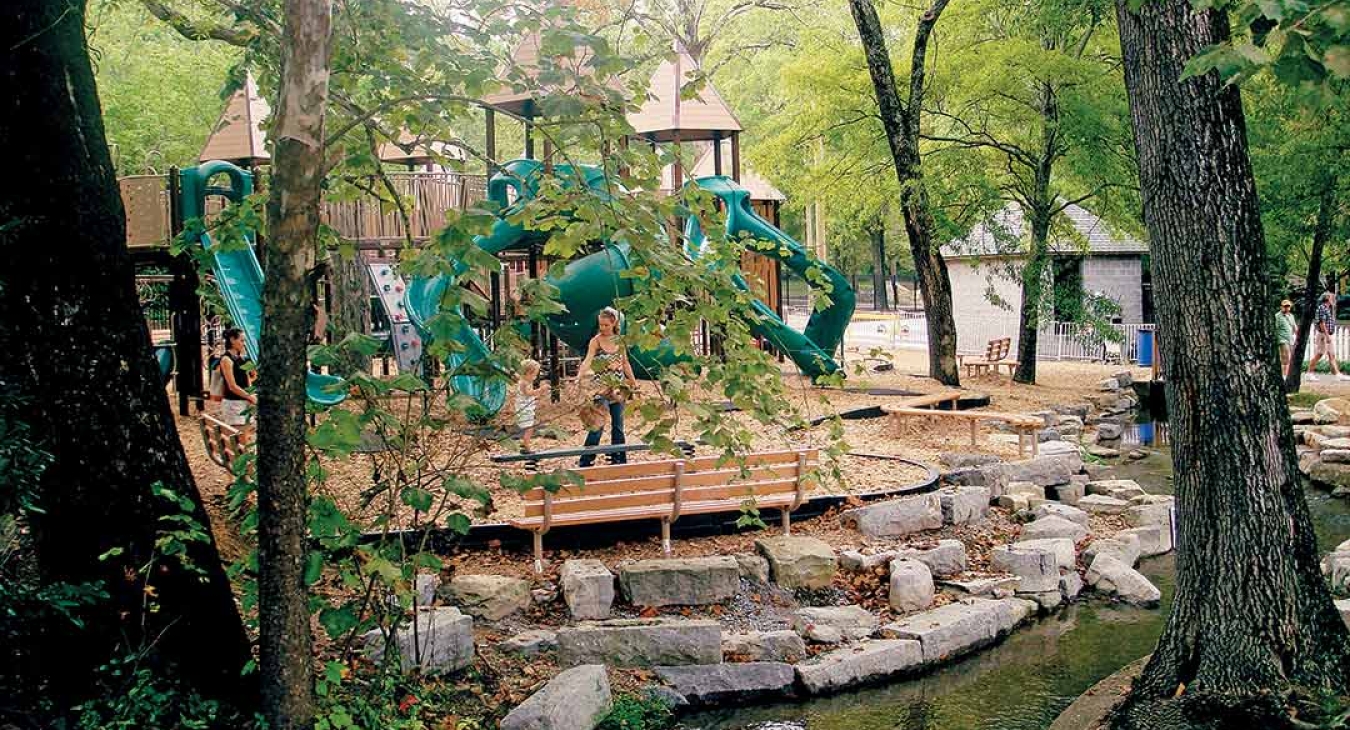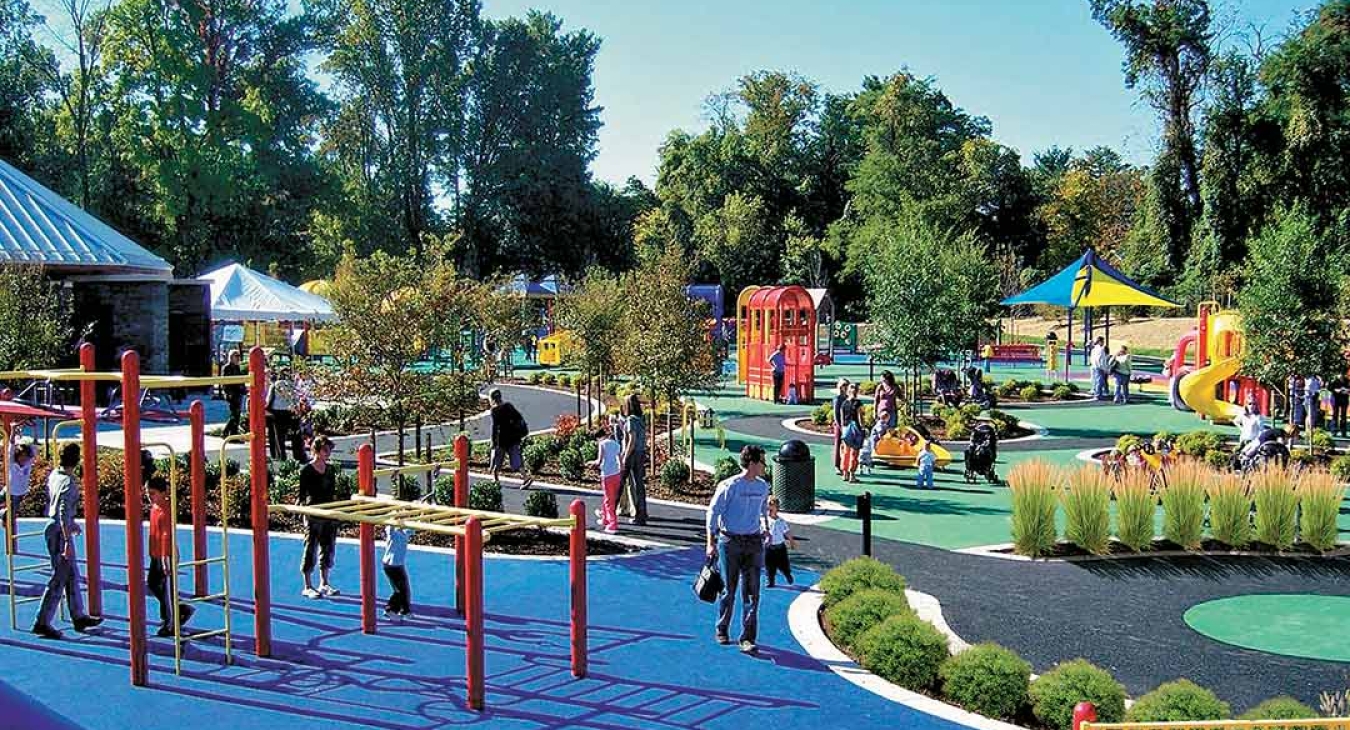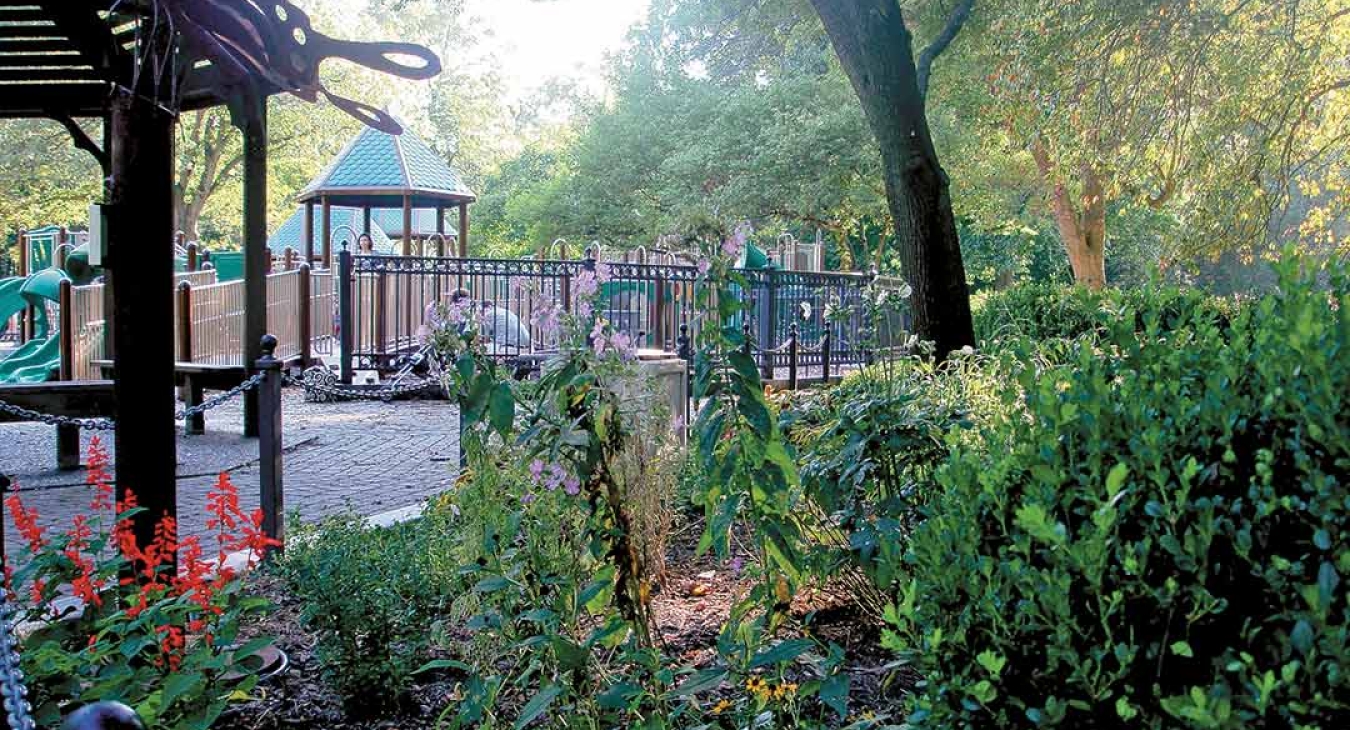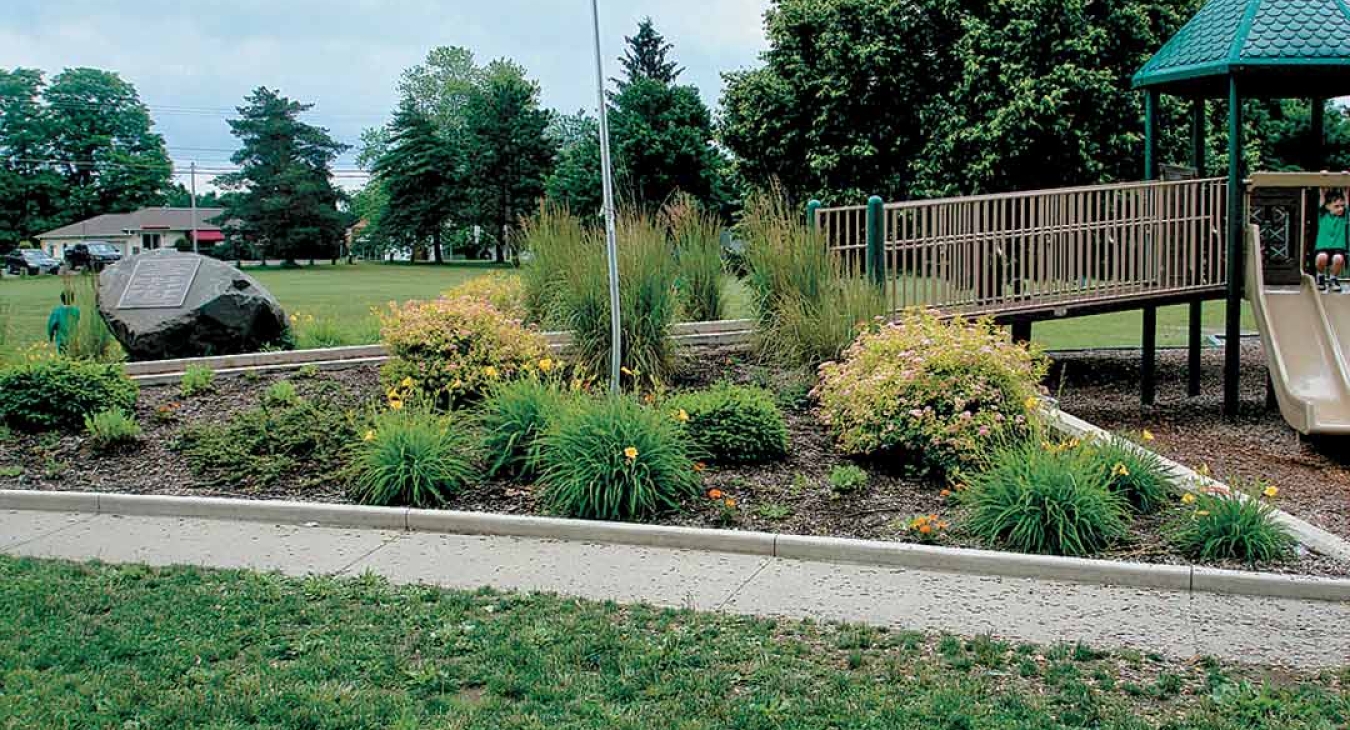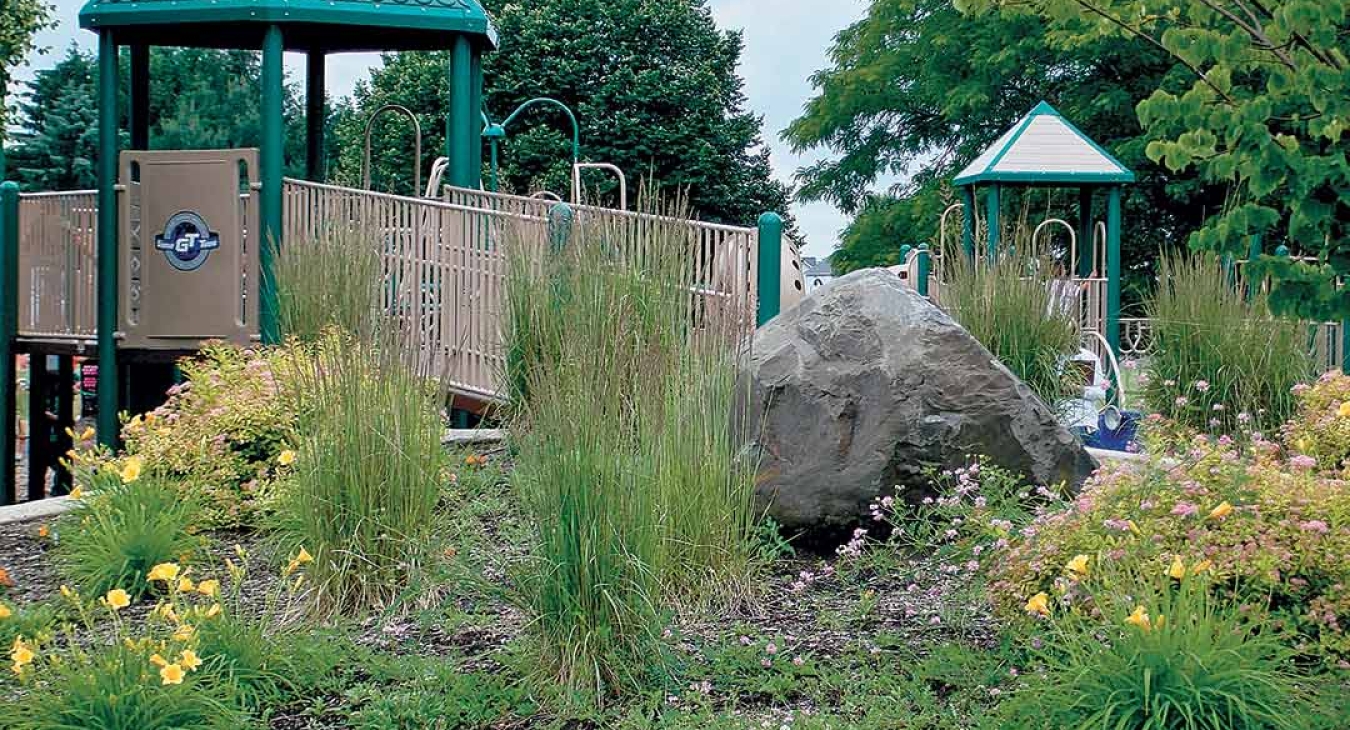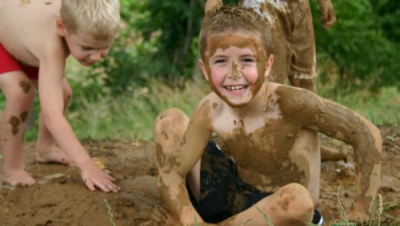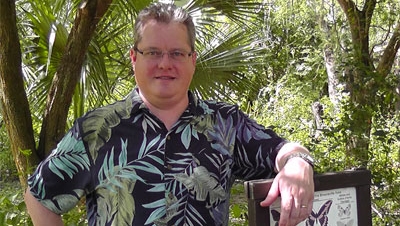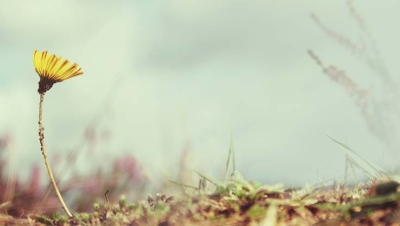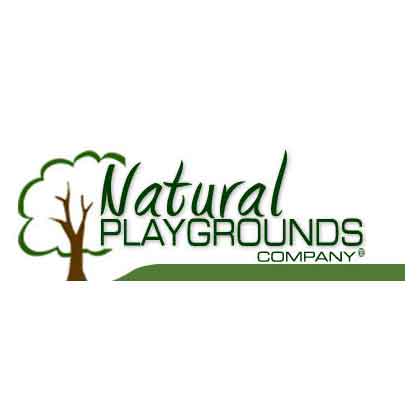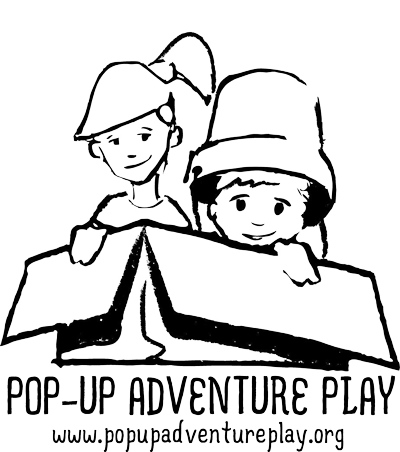Today’s children with their wifi-saturated brains may not know the subtle calm that descends after relaxing near a stream in the shade of a hundred-year-old tree.
Their collective experiences in our techno-frenzied society seem to have provided them with ample opportunity for structured activities that are championed for the well-rounded child but not for making dandelion necklaces in a field.
Many grade-schoolers are so adept at electronics they put their parents’ net surfing to shame. But, put these same kids in the wild woods and they are at a loss.
Science is teaching us that natural play, the kind that invokes kids to battle imaginary ogres in a forest of thieves and princesses, is the newest benchmark for excellence in the playground world. The hope is that these new natural play areas will allow for environmental education and more diverse play opportunities for nature-deprived kids.
Something Missing
And nature deficits, sadly, are in abundance. The recent book, Last Child in the Woods: Saving Our Children From Nature-Deficit Disorder, by journalist Richard Louv, explored the research and the evidence on what the disparity of natural play experiences has done to kids. A fear-driven indoor play culture armed with the means to provide kids with alternate venues for play and education has engendered a deficiency of nature play. Just a few short decades ago, natural, unsupervised, unstructured play made up the principal, defining experiences of many American childhoods.
Today’s typical children don’t just miss out on playing in tree houses or swinging from tree branches. They’re literally defined by an inability to comprehend what unsupervised fort-building feels like under grimy kid hands.
Louv argues that kids understand these things exist in an educated, intellectualized way, but that they don’t have the simple firsthand experiences that define what a relationship with nature actually consists of. What’s more, play in the natural world creates a sense of belonging, of connectedness to the world that children need to develop as they grow. Otherwise there’s a variety of ailments, including ADHD, childhood obesity and a sort of mental and spiritual disconnect, that seem to be triggered by an overall extraction from the pastoral world at large.
NatureGrounds is a development that seeks to remedy the situation. Developed in partnership with PlayCore and the Natural Play Initiative, NatureGrounds is working to develop playground environments for children in more natural settings. By combining a sort of intergenerational approach to playgrounds with pre-planned phases for long-term tree and plant growth, the program hopes to help instill a sense of discovery and ultimately a completely new vision for playgrounds altogether.
“We see the NatureGrounds program as an opportunity to inspire landscape architects, designers and park and recreation professionals with new tools to create healthy, innovative, naturalized playgrounds for all,” Robin Moore, director of Natural Learning Initiative, said.
The Natural Learning Initiative, a research program of the College of Design at North Caroline State University, conducted a number of studies which demonstrated the overall appeal of combining manufactured play equipment with a natural setting. This naturalization paradigm has set the stage for a future of nature-friendly kid reprieves. NatureGrounds and the Natural Learning Initiative are looking to find meaningful ways to endow communities with safe, natural experiences to benefit children. To date they have compiled a guidebook, Creating & Retrofitting Play Environments: Best Practice Guidelines, to assist any school or park with adapting playgrounds to meet more natural standards.
A Natural Remedy
The idea is just one of many in an industry always looking toward enhancing its offerings and thereby enhancing the lives of children. Ideally, increasing numbers of playgrounds will assist in providing natural elements for children in need of a little of the good stuff Mother Nature has to offer.
“We believe innovative programs like NatureGrounds are critical for challenging and inspiring the future innovation of play environments across our nation,” Bob Farnsworth, former CEO of PlayCore, said. “The Natural Learning Initiative team members at the College of Design at NC State University are invaluable partners in this quest. Their research, passion, experience and technical expertise for bringing the living landscape into the manufactured play environment has allowed us to combine our efforts and truly offer the best of what we collectively know about both worlds.”
The hope is that the playground naturalization paradigm shift will continue eradicating standalone play structures with complements of natural elements like trees, plants and ponds.
Farnsworth added that he hoped the NatureGrounds program would become a “catalyst for impacting the way our children are able to play in nature at their school and park playgrounds.”

